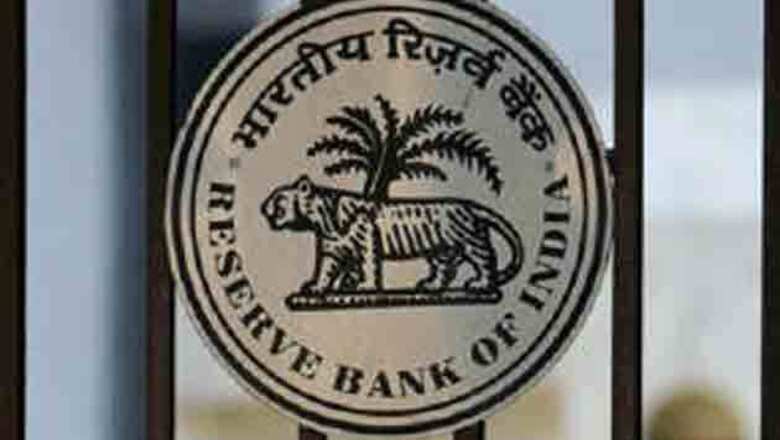
views
New Delhi: Borrowers from NBFCs have now time till March 31 to replace their old system bank cheques with new ones with added security features for their EMI payments, as RBI has extended the deadline in this regard for non-banking finance companies. In a circular RBI said that it has been decided to extend the time for NBFCs up to March 31, 2013 "to ensure withdrawal of Non-CTS 2010 Standard compliant cheques and replace them with CTS-2010 Standard compliant cheques".
In a move to standardise and enhance security features on cheque leaflets, the central bank had asked all banks to migrate to 'CTS-2010' standard cheques by December 31, 2012, which is now extended till March 31, 2013. In effect to this, NBFCs accepting cheque payments for future instalments from their customers were asked to get it replaced with the new standard cheques.
"However, it may be noted that the residual Non-CTS-2010 Standard compliant cheques that get presented in the clearing system beyond the extended period, will continue to be accepted for the clearing but will be cleared at less frequent intervals," the RBI circular added.
Cheque Truncation System (CTS) 2010, with set of minimum security features would ensure uniformity across all cheque forms issued by banks in the country and also help presenting banks while scrutinising and recognising cheques of drawee banks in an image-based processing scenario, RBI had said.
Several developments in the cheque clearing process, namely growing use of multi-city and payable-at-par cheques at any branch of a bank, increasing popularity of speed clearing for local processing of outstation cheques and implementation of grid based CTS for image-based cheque processing, etc, also led to this directive by RBI, it had said.



















Comments
0 comment